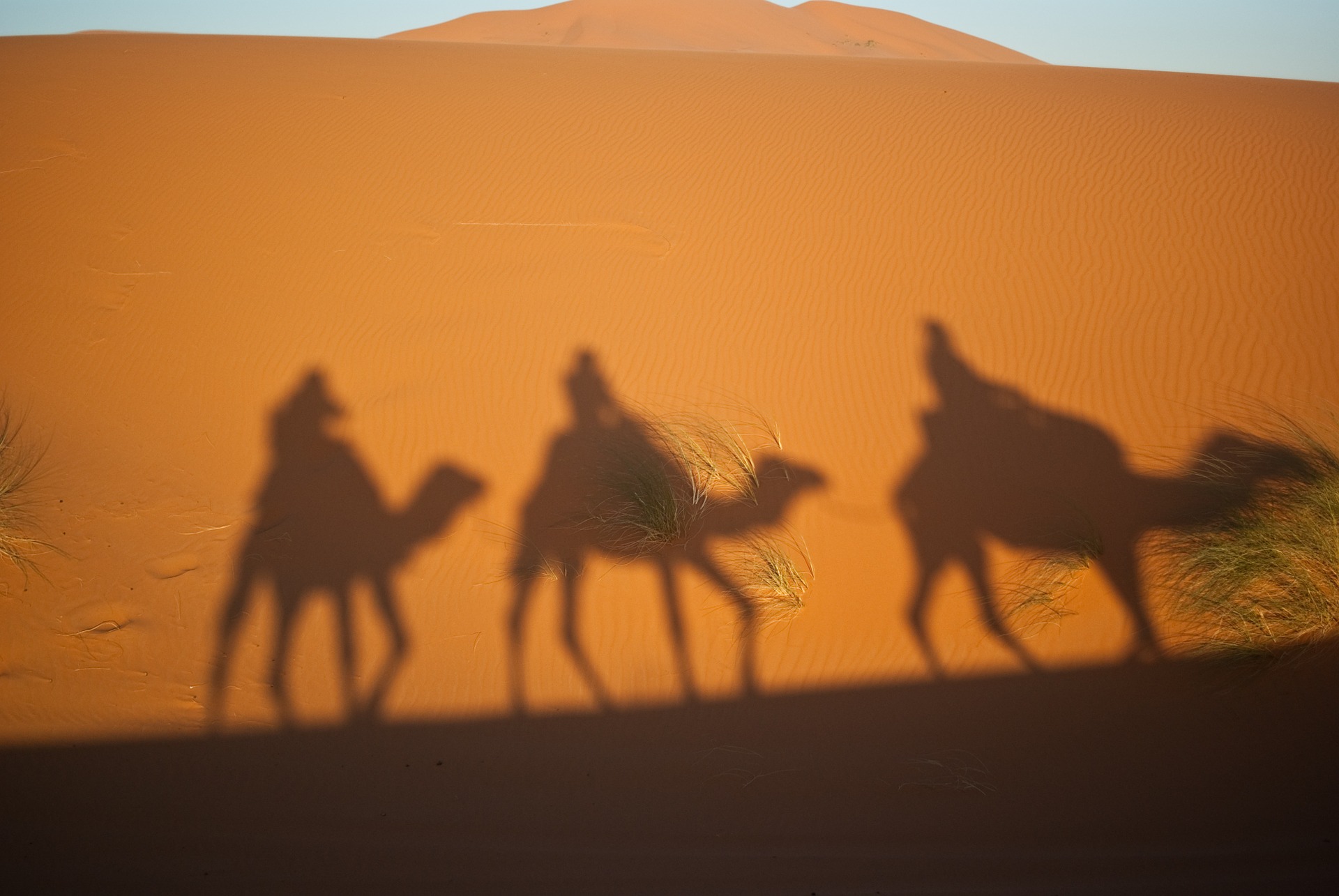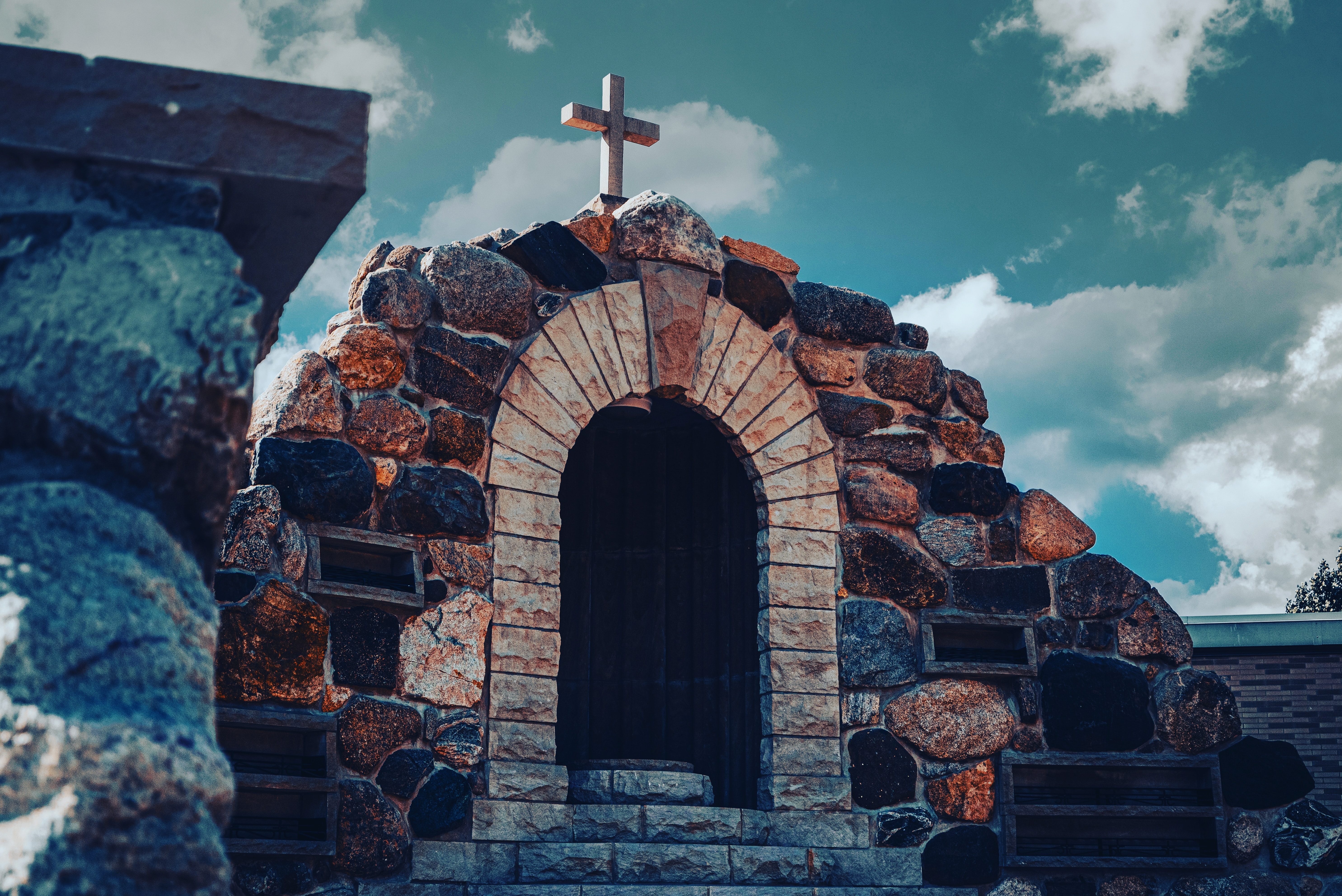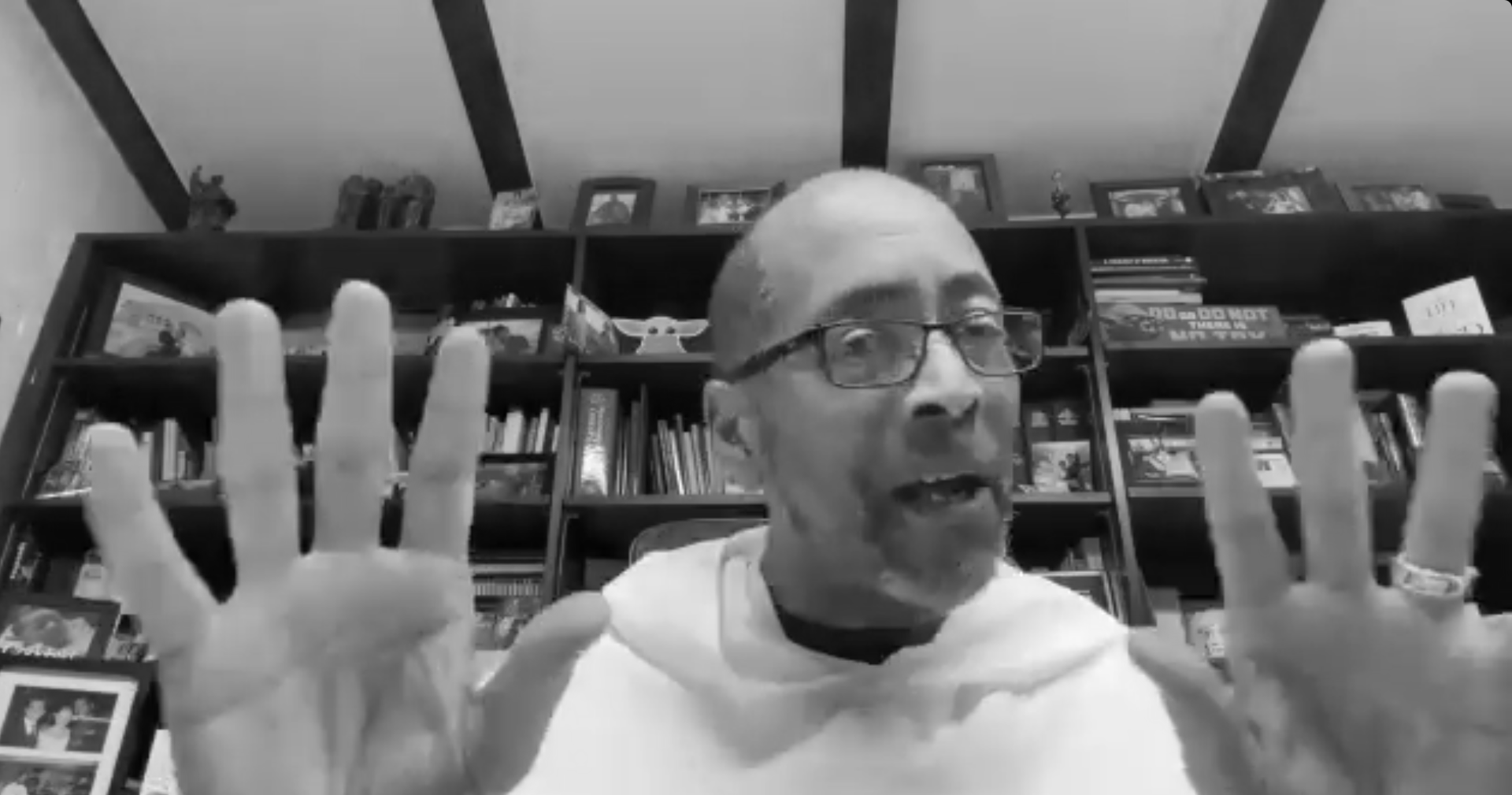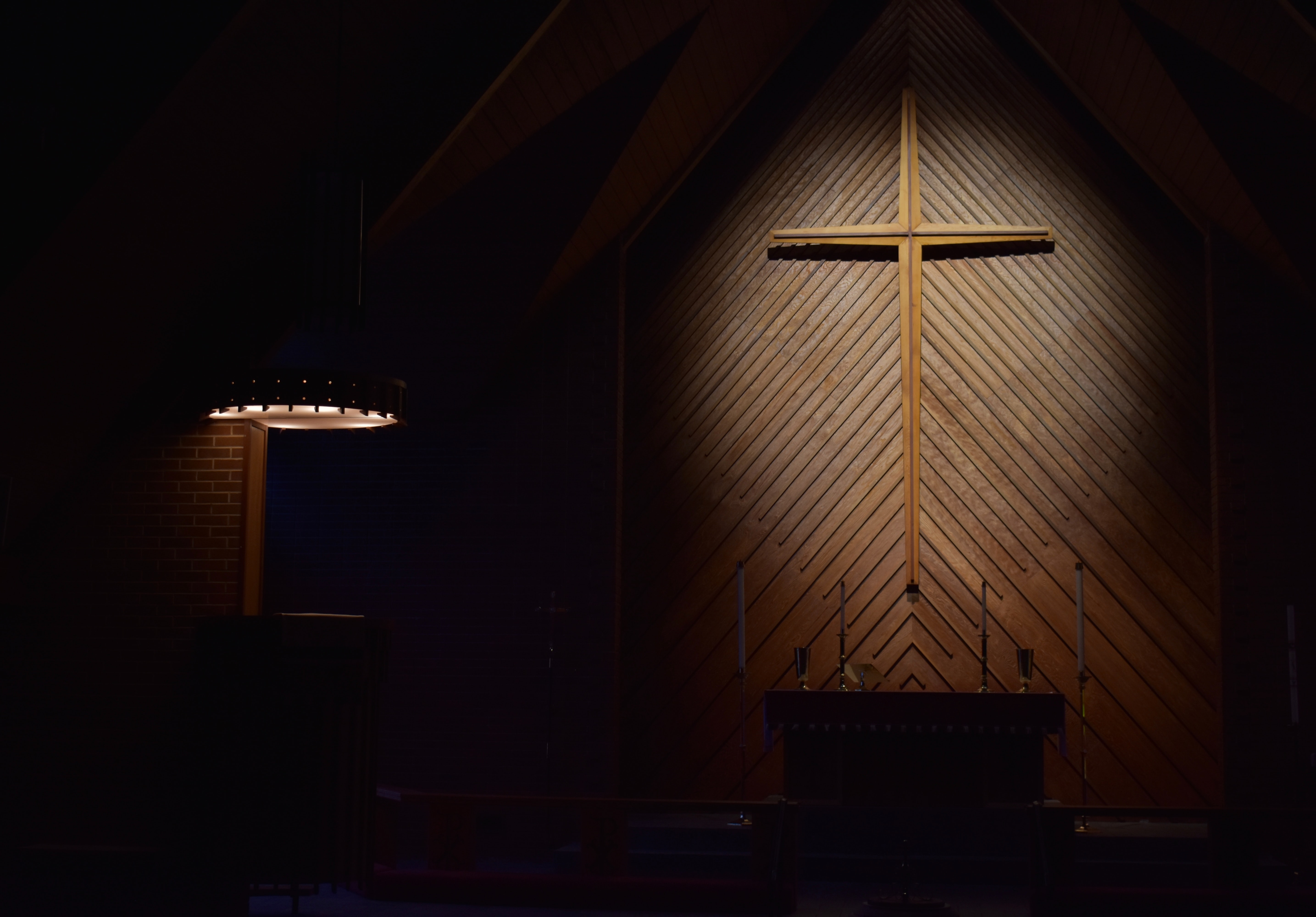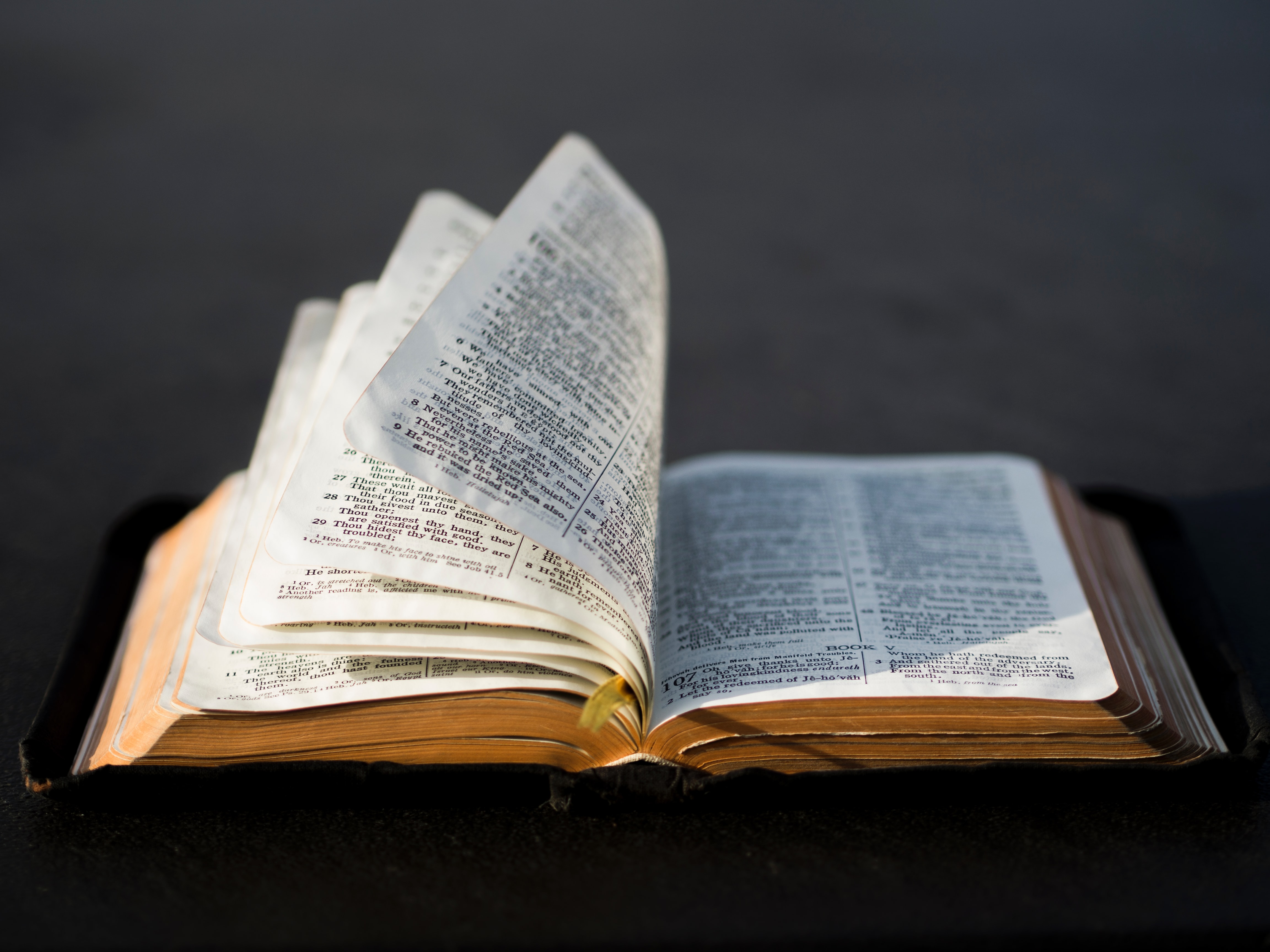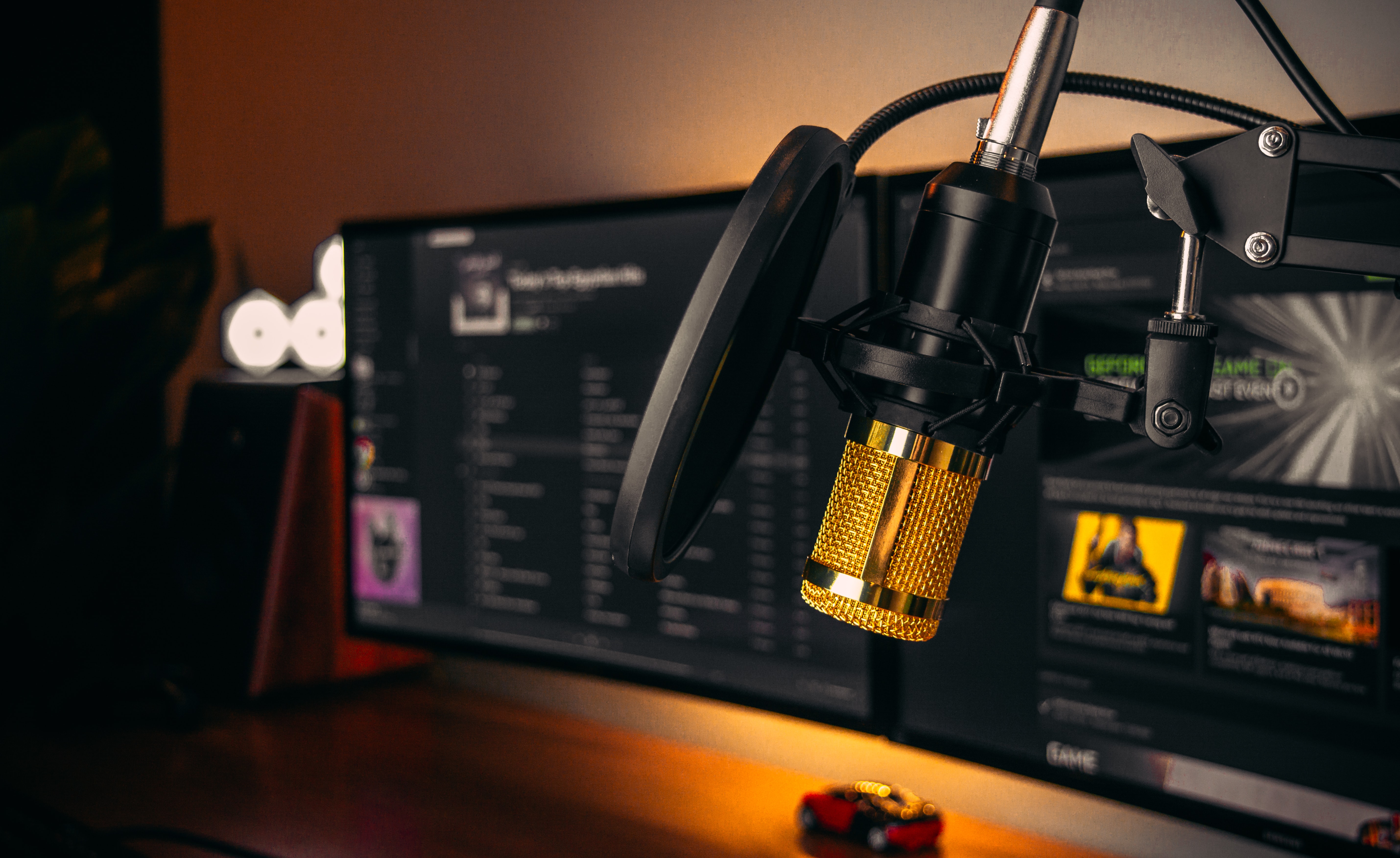"So I thought about it, I said why do we have to wait for the end of the tunnel? Why do we have to wait for the light at the end of the tunnel? Why can’t we just be light in the tunnel? So I began to think of how I could portray that and then I thought of doing it through music. Music is something I love and it shows in my ministry."
How does a Catholic priest make a multilingual song and music video go viral? Father Emmanuel Ochigbo explains what inspired him to write Baila Baila, how he collaborated with others, and how it took off from there.
Father Emmanuel Ochigbo answers in this interview how he wrote the lyrics to Baila Baila made the music video, and made the challenge go viral. Fr. Ochigbo further discusses how his work as a chaplain, how he collaborated with Padre Steve, Sister Katia A. Chavez, SJS, and Sister Rebeca Zuro, SJS (Sister Servants of the Blessed Sacrament), and the meaning behind the inspirational lyrics.
The following is an edited transcript of the podcast interview with Fr. Ochigbo:
Welcome, this is One Christian One Topic. Today our guest is Father Emmanuel Ochigbo. Today’s topic: the song by Baila Baila. Let’s get to it. I’m intrigued by this song Baila Baila. It seems like you composed it, recorded it, you shot a music video, you marketed it and it went viral across the world. I find it fascinating and this is what I want to talk about with you today. So what motivated you to compose this song Baila Baila?
A long story short, I work as a hospital chaplain so doing this came as my response to the pandemic COVID-19. So working as a hospital chaplain I could see the pain of the patients. I could see the pain of family members who could not come into the hospital to see their loved ones. I could see the pain of the staff members and to help family members we would use zoom zoom into the room of the patient and they could see the patient lying down with different gadgets connected to them, different tube units all around. And the family members would speak, the patient will not respond, and so with all those I also had people saying continuously don’t worry we will get to the end of the tunnel. And there will be light at the end of the tunnel.
So I thought about it, I said why do we have to wait for the end of the tunnel? Why do we have to wait for the light at the end of the tunnel? Why can’t we just be light in the tunnel? So I began to think of how I could portray that and then I thought of doing it through music. Music is something I love and it shows in my ministry. My relationship with people. So I said, okay, why not do that through music?
The next question became: what is the language to use? I thought of the English language because even though many may not agree, but I consider English as my first language. I’m from Nigeria, we were colonized by the British, and I went to school all in English. So I can do more in English than any other language. So I thought of doing that in English language and considering the fact that I work in San Diego, I live in San Diego, and even more in Chula Vista which is very close to the Mexican US border, so we have a lot of people who speak Spanish, I said, okay, to reach out to more people let us not just be in English. Bring Spanish into it. And just also to show that I have not forgotten my roots and I chipped in my mother tongue which is Idoma and then chipped in Igala.
And the central message of the song is dance and forget your sorrow. And that also comes from something I’ve come to learn as a chaplain and that is the difference between pain and suffering. That pain is what happens to us and suffering is our response to what happens to us. And so you will notice that two different people may be undergoing the same level of pain but different levels of suffering based on their response. And that’s why the main message of the song became even though we have no control over what is happening to us, which is the pain, we have control over something and that is our response to what is happening to us. And that will determine the level of the suffering and so came Baila Baila.
You collaborated with Padre Steve, Sr. Rebeca Zuro, SJS,, Sr. Katia Chavez, SJS. How did you all come together?
For me music is something that I use to build community. I began as a choir boy and one thing I love about the choir, singing in the choir, is how people can be singing different parts of the same song and forming great harmony. So music for me helps to build relationships. It helps to connect people and so whenever I come up with a song I think of how to get more people into it. For the priest and the two nuns in it, the one I’ve known for the longest is Padre Steve. Padre Steve happened to be from the same diocese with me in Nigeria. We both attended the same high school seminary but I was way ahead of him. I was about graduating when he came into the first year of the minor seminary and he caught my attention at that early stage. I could see him as one who already had the purpose, who was diligent, who was serious about whatever he was doing.
So he caught my attention then when I went to college seminary he went to different college seminary but I kept paying attention to him. And when I was ordained a priest he was in the college seminary and I noticed he was already coming up with some songs. And in his first album I happened to be the diocesan music director there. His first album when he was working on it he went to the bishop and the bishop directed him to me to look at the songs. If I approved of them then he will give his approval. And so I gave him all the encouragement. I told him don’t ever give up. Just keep doing this. And eventually he became ordained a priest and then I was sent on mission and studies to the United States and he was sent on mission and studies to Germany.
So he’s currently studying in Germany and he keeps working on his music and then myself in the US am doing the same thing. So when I came up with the song I said this is a song I really would like to travel far and I would like it to bring people together. Especially at a time where people are locked up in their homes. So I didn’t think of a better person to get into it than Padre Steve.
And then here in San Diego there are two nuns: Sr. Katia Chavez and Sr. Rebeca Zuro. They invited me to give a talk to young people to send in vocations to the religious life. That was the first time I met them. Sr. Katia is a vocation director so she invited me and that’s the first time we met and from our conversation I got to know that she loved music too. And then I said, “oh that’s wonderful.” Let’s see if we can do some things together. Our first song we did together goes by the title Ojo Agba. Purely Igala. I did that with her and then I discovered that Sr. Rebeca, living in the same community with her, was also very good in music and got her into it.
So when the time came for Baila Baila, I said okay we will make a good team especially with the Mexican background because I’m just learning Spanish. I’m not that proficient in Spanish so I told them this is what I’m coming up with and I confirmed the words with them. And so we came together and did it. Padre Steve did not have to come to the US. With technology we’re able to do that. I have my studio, he has a studio. He had his own studio first. He encouraged me to get the equipment and have my own personal studio so I did the voicing here in the United States with the nuns. And then Padre Steve did his own voicing in Germany and we brought everything together and sent it to our producer who is in Nigeria. So he worked on it in Nigeria and sent it back to us.
I think that’s one thing that attracted me about this video is it kind of embodies catholicism, the universality of it. In the language, the people, and the geography. Can you also talk about the process of recording and the coordination involved?
It was back and forth. The first I had to get down is the chorus so I wanted to pass the message across dance, dance and forget your sorrows. So I got this, the chorus down, and then confirmed with the nuns and we all worked it together. And then from there I wanted Padre Steve to come with the first stanza in English. I kept that aside then I went straight to work on stanza 2 in Spanish. And I wanted the message of the English and the message of the Spanish to be almost the same. So I did that and then kept it then for the third stanza.
I thought of, now you’re telling people to dance and forget your sorrows and especially here in the US I’ve discovered that people sometimes get timid when it comes to dancing. They easily tell you I’ve never taken classes in dancing. No, I don’t know, I have two left legs and things like that. But the culture I come from, I mean it’s strange to hear that people even have to go to school for dancing. Because like natural, all you need to do is move your legs, move your hands, just shake your body and forget about any judgment. So I said, okay, why not describe the dance and so on our own part here, we recorded the chorus, recorded the stanzas that we took care of in the US. Then we sent to Padre Steve.
So Padre Steve, I told him before then what to send to the producer to create a sound. To create the musical after the instrumentation. You know, to fit the music. So I had gotten that. Then what we sang and the instrumentation already we had were sent to Padre Steve who had to put in his own part of the singing.
And for the video, we got different clips here and there from here in the US, got some from Padre Steve who was at that time on vacation in Nigeria. So he did his own recording, in fact, I think it all happened in a way not really the way we wanted this. We were thinking of something that’s simple. It’s like each step was calling for the next step so we’re not planning a video. When Padre Steve was in Nigeria he was even in the bishop’s house in Nigeria when I called him. I said this is what we are working on and people are insisting it has to be out now. So whenever, I don’t care where you are, just send me a video of yourself doing this. So he sent several videos from Nigeria and then Sr. Katia, one of those who did the singing, did the video. She was the one who puts the video together here in the US.
What was your original vision when you finalized the lyrics and when you’re beginning the music video? What was your vision of what it would sound like and what it would look like?
My vision was to get something that was upbeat. Remember that it was my response to the pandemic and there was a lockdown. And people were bored at home and then I also noticed that with the pandemic people who are more on social media. So I thought of it as my vision was to come up with something that was upbeat. That people who were moody and depressed could come out and become more lively. And then thought of a possibility of something that even those who are not intending to dance, just hearing the beat, will be moved to start shaking their legs and moving their bodies and just get going. So that was how I talked about it but I was not sure how it was going to happen.
Are you satisfied with how it came out?
Oh, I would say far beyond satisfaction because I thought of just something very little. I didn’t know it was going to go that far. I didn’t know it was going to be that appreciated because I always remind people that I don’t see myself as a professional musician. I just put things together and then just just go with the flow. So I did not know it was going to be that accepted, that welcomed.
I know there’s the Baila Baila song, there’s the music video, but then there’s the Baila Baila challenge, where others submit videos of themselves dancing to the song. You got submissions from all these groups like the Claret Gospel Childrens, Handmaids International, CVAV of Burkina Faso, Augustinian Nuns. Who initiated the Baila Baila challenge? Was that part of the original concept?
Coming up with the challenge was not original to me. I just wanted people to enjoy the music wherever they were. I work as a hospital chaplain and the week I did it I took a few days off. So when it was out, when the first video was out, it was a video of Sr. Katia and myself dancing at the pier. We went to the beach and I shared with her, I said, you know what let us not preach only by our words, let’s preach also by our action. We are telling people to dance. I think it will mean a lot for people to see a priest and a nun dancing. And not even in the church. I think that will really, even those who did not intend to dance, they will be moved to dance. Just seeing us doing that because sometimes people think of priests and nuns as those bored and boring people. Who are just there praying their lives away. I said let’s let them know that Jesus became a human being to live among us so that’s how the idea came.
I posted on my Facebook page. So this is how the challenge began. My immediate boss, the coordinator of the chaplaincy, the spiritual care department in the hospital, where I worked saw it on Facebook and he could not hold his reaction. So he went and was showing it to the nurses and all that staff. Can you believe what I’m seeing? That Father Emmanuel who can be going around in the hospital very gentle, quiet, can you see his dancing moves? With doing it with a nun? So I was back home not knowing that I had created something different in the hospital and that cheered the nurses and the other staff members up to see their priests doing this. That meant a lot for them and then some of them started saying, why not be going to a challenge? Let’s challenge Father Emmanual. That was how the concept of challenge came up and then people started dancing in different places and sending their videos. And the first one that came from outside the US from the Clarets, the provincial of the clarissian priest in cameroon, now gathered some children and they danced and sent it in. Then from there ABC 10 News came across the video and they reached out to me that they would like to have an interview with me. So I think that it was from that point I lost control of it. The rest is history.
What has been the reaction you heard from all these people? Because it’s been children, families, as you mentioned schools. What has been the overall message you hear from them?
Well, so many have reached out to say thank you Father for giving us this gift. We needed this now more than ever. And then from the Spanish speaking people, especially the Mexicans and those from South America, they have also reached out to say thank you so much for singing this in the language we are very much at home with. And I’ve gotten wonderful and encouraging feedback from so many people including my Bishop back home in Nigeria; Bishop Anthony Adaji, MSP. A priest from my home diocese, nuns, Catholics, non-Catholics, and many have embraced it from different backgrounds.
And I think you kind of touch upon this but I feel like your decision to make it multilingual kind of lend itself to that, for everyone to go, oh, I can relate to that. I can listen to that. And at the same time, I think be open to the universality of the song. But what does the third stanza, what are the actual lyrics saying?
So towards the end, after the third stanza, I sang my own aspect and then Padre Steve, and both of us saying almost the same thing but in two different Nigerian languages. I sang Idoma, he sang Igala. And what I sang was like, “Oh brothers and sisters come and let us dance.” So that’s what I was saying and then Padre Steve said almost the same thing. “Oh brothers and sisters come let us dance, for God is so good all the time.”
I think that adds more towards the overall message of the song. One of the things you started off with was that lyric, “while others wait for the light at the end of the tunnel we choose to be the light in the tunnel.” I found that very powerful verse. How did that line come to you?
Those words are not exactly in the song but that was the motivation behind the song. The lyrics we have, “you may have no power over what happens to you but you have every power over your reaction.” But what led me to that was my response to people saying all over, oh don’t worry there’s going to be light at the end of the tunnel. There’ll be light at the end of the tunnel. People kept saying that and then once I had a conversation with my pastor and we’re talking about it. And somehow came up with this idea of why do people always talk about waiting for the light at the end of the tunnel. We are Christians. And we are the light. So why can’t we be the light in the tunnel? Why do we have to wait? So it was based on that, I said, okay how can I be the light and be turned up so I can do that through music. And to tell people that in spite of all that is going on, we can still laugh, we can still smile, we can still sing, and dance.
The other lyric that stood out to me it was the opening line where you say, “cada loco con su tema.” Why did you choose to include that specific line to start off?
Thank you so much. You know I love humor a lot and it’s one of my ways of responding to life. You know, don’t take life too seriously. I see the fun there and then and move on. And I also love learning different languages. Like knowing things about other languages. When I first arrived here in the US, a very close family friend here, their mom speaks only Spanish and whenever I find myself around them I always try to pay attention to some common phrases. And I noticed the mom will always say, “cada loco con su tema” and everyone will laugh. And then sometimes she comes in from nowhere she say, “cada loco con su tema.” This is something I would like to know and also use. Then I asked what does it mean? If you want to make that literally it means that every crazy person with his own theme. It actually means that everyone has an axe to grind. And usually you say that, for example, when you get into a place and you are talking to people and you discover that they are not paying attention to you. Everyone tends to be minding his our own business because “cada loco con su tema.” And I chose that as the opening of the song as a way of catching the attention of Spanish speakers. To say, wow, where is this priest going with this. You know, even to hear that come from a priest and then the message behind that it’s a way of saying no matter what you are going through, just know that other people have their issues they are dealing with. So you are not the only one different. Various people have various issues they are dealing with. So that was how I brought that in as an attention getter.
I want to ask you some short questions that I’m asking all my guests. The first question is, what is one scripture verse or part of the bible that really resonates with you and why?
Well it’s from the Psalms, the book of Psalms, that says, “the lot marked out for me is my delight, welcome indeed the heritage that falls to me.” And you can easily connect that to even Baila Baila because I’m the kind of person that I don’t like to give up. I don’t like throwing a pity party. He said, can you imagine all that is going on with me? You see, everybody seems to be getting it right, I’m the only one… I don’t like to do that. My approach to life, in French, I always say “Si c’est le cas.” That’s how I begin. That’s my foundation. If that is the case, then this is what I need to do. So I don’t just say okay I’m in this situation I’m finished. But I always ask, if this is what God has brought to me, then what should be my response to it? “The lot marked out for me is my delight, welcome indeed the heritage that falls to me.” As long as it is the will of God and therefore it’s relying on God’s grace.
What is one word, or a couple of words, that you would like God to use to describe you?
One word i’ll like to, I want one way people describe me that gives me fulfillment is when I preach and people come to me to say, Father, thank you for speaking to us. Or rather, thank you for speaking to me not from your head but from your heart. I can feel that it is coming from your heart.
And is there anything this podcast can help promote or would you like others to support?
Well thank you so much for giving me this privilege and thank you for the great work you are doing with this podcast. Yes, the Catholic faith has a lot. The Catholic church has a lot to offer but from my own point of view. I think we are not doing enough of letting people out here to know what we have to offer. I remember Fulton Sheen saying that in the US there are not up to a hundred people who hate the Roman Catholic church. However, there are millions who hate what they wrongly believe to be the Roman Catholic church, or the Roman Catholic Faith. And that is where I am challenging us, as Catholics, to share with the world. Let the world hear us, not just based on secondhand sources. But to hear directly from us, what we have to offer.
So as part of doing that, I use my Facebook and then I also use my Youtube channel. My Youtube channel is Father Emmanuel Ochigbo. Basically I have my Sunday homilies. Every Sunday I try to put out my homilies there for people to, especially non-Catholics, to know that we read the scriptures and we apply the scriptures to our lives. And also for Catholics, many times people go to Mass and they leave and they try to remember, what did the priest say? And they want to go back to it. So it’s my way of having it handy that people can easily listen and take notes.
And I also have a blog where I have not only the Youtube videos but also the text of the homily I’ve preached. The blog is fadaochigbo.com. And for those who may be wondering the fada is the African version of father because for us, in most of the African languages I know, we do not have the TH sound. So in place of the TH, like when I hear people say father, mother, what I’m hearing is D. So I pronounce it as fada. So that is just the African in me.
So I would really appreciate it if you could help me to promote the Youtube channel and the blog too. To reach out to Catholics, non-Catholics, whoever is interested to get my Sunday homilies and also my music videos.
